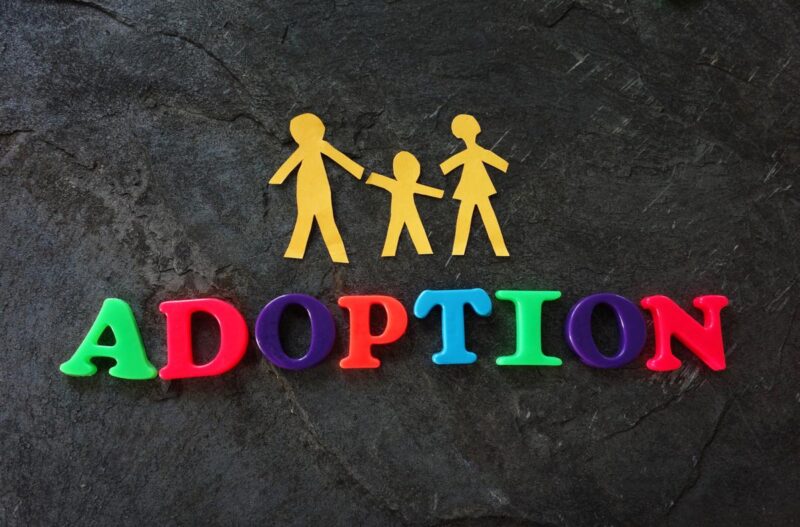Microtransactions, or the practice of selling virtual goods or in-game currency for real money, are a common feature in many modern video games. While they can provide a source of revenue for game developers and publishers, they have also been the subject of controversy and debate due to their potential impact on the player experience and the potential for unethical practices.
In this article, together with GamingGadgets, we will explore the ethical considerations of in-game microtransactions and how they can affect players and the industry.
The Impact of Microtransactions on the Player Experience

One of the primary ethical considerations surrounding in-game microtransactions is their potential impact on the player experience. Many players argue that microtransactions can create an unfair advantage for those willing to spend money, as they can give players access to powerful in-game items or currencies that can give them an advantage over others.
For example, if a player can buy a rare and powerful in-game item for real money, they may have a significant advantage over other players who are unable or unwilling to do so. This can lead to a feeling of frustration and unfairness among players who are unable to keep up with those who can spend more money on the game.
Additionally, some players argue that microtransactions can lead to a “pay-to-win” mentality, where players feel pressure to spend money to keep up with others or to progress through the game. This can create a sense of pressure to spend money and can lead to players feeling like they have to spend money to be competitive or to enjoy the game entirely.
Benefits and Drawbacks of In-Game Microtransactions
In-game microtransactions, or the practice of selling virtual goods or in-game currency for real money, have become a common feature in many modern video games. While they can provide a source of revenue for game developers and publishers, they have also been the subject of controversy and debate due to their potential impact on the player experience and the potential for unethical practices.

Benefits of In-Game Microtransactions
Additional revenue for game developers and publishers: One of the main benefits of in-game microtransactions is that they provide a source of additional revenue for game developers and publishers. This can allow developers and publishers to continue to support and update their games, which can be especially important for games with a long lifespan or supported through “free-to-play” models.
Customization and personalization options: In-game microtransactions can also provide players with the opportunity to customize and personalize their experience. For example, players may be able to purchase new skins or other cosmetic items that allow them to change the appearance of their in-game character or other items in the game.
Convenience: For some players, in-game microtransactions can also provide convenience. For example, players may be able to purchase in-game currency or items that would otherwise be difficult or time-consuming to obtain through normal gameplay.
Drawbacks of In-Game Microtransactions
Unfair advantage: One of the main drawbacks of in-game microtransactions is that they can create an unfair advantage for those willing to spend money. For example, players who can purchase powerful in-game items or currency may have a significant advantage over those unable or unwilling to do so.
“Pay-to-win” mentality: In-game microtransactions can also lead to a “pay-to-win” mentality, where players feel pressure to spend money in order to keep up with others or to progress through the game. This can create a sense of pressure to spend money and can lead to players feeling like they have to spend money to be competitive or to enjoy the game entirely.
Predatory practices: There is also the potential for in-game microtransactions to be used for predatory practices, such as encouraging players to spend more money than they intended or preying on players’ psychology to get them to spend more.
Alternatives to Traditional video game Microtransaction Models

There are several alternatives to traditional in-game microtransaction models that have been proposed or implemented in the video game industry. These alternatives address some concerns and criticisms surrounding microtransactions, such as the potential for an unfair advantage or predatory practices.
Subscription models: One alternative to traditional microtransactions is a subscription model, where players pay a set fee regularly (such as monthly or yearly) to access certain features or content in a game. This model can provide a steady source of revenue for developers and eliminate the potential for an unfair advantage, as all subscribed players would have access to the same content.
“Free-to-play” with optional microtransactions: Some games have implemented a “free-to-play” model, where the game is available to download and play for free, but players can choose to purchase optional microtransactions to access certain features or content. This model allows players to try out the game before deciding whether or not to spend money and can also provide a source of revenue for developers.
“Loot box” alternatives: There have also been efforts to address concerns about predatory practices surrounding “loot box” systems, which offer players the chance to purchase randomized in-game items for real money. Some alternatives that have been proposed include offering players the option to purchase specific items directly rather than relying on randomized loot boxes or disclosing the odds of receiving different items in loot boxes.
In-game advertising: Another alternative to traditional microtransactions is in-game advertising, where brands pay to have their products or services featured in a game. This model can provide a source of revenue for developers without directly asking players to spend money.
Several alternatives to traditional in-game microtransaction models have been proposed or implemented in the video game industry. These alternatives address some concerns and criticisms surrounding microtransactions, such as the potential for an unfair advantage or predatory practices.
Concluding
In conclusion, microtransactions, or the practice of selling virtual goods or in-game currency for real money, have become a common feature in many modern video games. While they can provide a source of revenue for game developers and publishers, they have also been the subject of controversy and debate due to their potential impact on the player experience and the potential for unethical practices. There are several alternatives to traditional microtransaction models that have been proposed or implemented in the industry, such as subscription models, “free-to-play” with optional microtransactions, “loot box” alternatives, and in-game advertising. Ultimately, the use of microtransactions in the video game industry will continue to be a complex and evolving issue, with considerations for both the benefits and drawbacks of this revenue model.
Related Posts:
- How to Become ECCouncil CEH Certified Ethical…
- Understanding If Bifold Doors Are Good or Bad For…
- Manufacturer vs. Wholesaler: Understanding the Key…
- Understanding Weed Strains & the Different Highs…
- Arizona Business Owners: Understanding Workers Comp Laws
- 5 Tips For Understanding The Product Development And…







